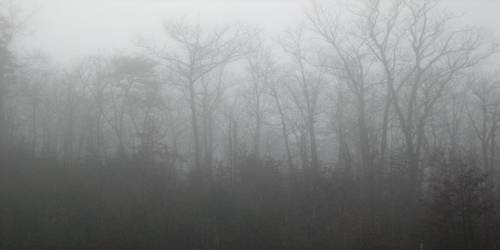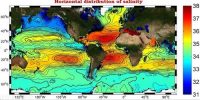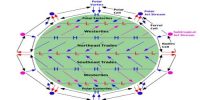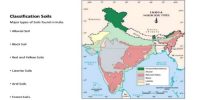Fog and Mist in the atmosphere
When the temperature of an air mass containing a large quantity of water vapor falls all of a sudden, condensation takes place within itself on fine dust particles. So, the fog is a cloud with its base at or very near to the ground. Because of the fog and mist, the visibility becomes poor to zero. In urban and industrial centers smoke provides plenty of nuclei which help the formation of fog and mist. Such a condition when fog is mixed with smoke is described as smog. The only difference between the mist and fog is that mist contains more moisture than the fog. In mist, each nuceli contains a thicker layer of moisture. Mists are frequent over mountains as the rising warm air up the slopes meets a cold surface.
If there is a little air movement, cooling of a thicker layer of air will result in fog or freezing fog, instead of dew or hoar frost. Advection of warm air over a cold surface can produce (advection) fog. This is particularly common in coastal areas when warmer sea air drifts in the land over colder land. Fogs are drier than mist and they are prevalent where warm currents of air come in contact with cold currents. Fogs are mini clouds in which condensation takes place around nuclei provided by the dust, smoke, and the salt particles.















